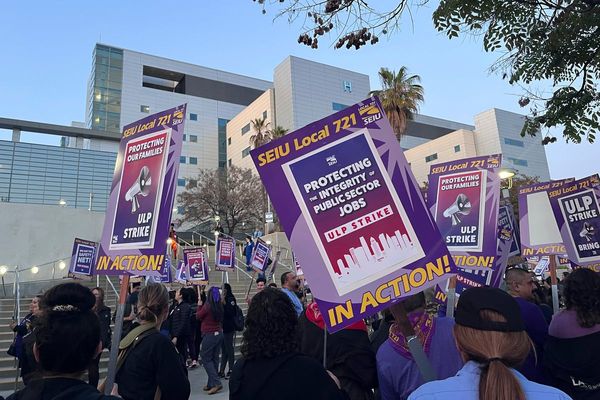
1) Jer Mahal, now a heritage site, was built in the 18th century, and is the oldest apartment building in the area. It has stain glass windows and it was meant for the rich locals. It marks the Indianisation of architecture. Now, it operates as a hotel for people to stay.

2) Edward Cinema, a crumbling theatre in today’s time, was originally built for the locals while Metro cinema was meant for the upper class section of the society. It has a time ball (an obsolete time-signalling device that consists of a large, painted wooden or metal ball that would enable navigators aboard ships, offshore to verify the setting of their marine chronometers) on top to mark its presence.

3) The Ram Mandir, another temple in the vicinity, is witness to an important plot twist in the freedom struggle. It was in this temple that the Chapekar brothers — Damodar, Balkrishna and Vasudeo — the Indian revolutionaries who assassinated WC Rand, the British plague commissioner of Pune, took refuge in before the police arrensted them. The brothers were subsequently awarded the death penalty by the British Government.

4) Bhangwadi, further ahead of the Round Building, sees Hindu architecture with an enormous elephant mounted at the entrance. It is possibly called so because of the Shiv temple built inside the settlement. The name could also have originated from bhang (opium) as the Parsis community resided in the wadi and traded in bhang or opium with China from here.

5) The Dwarkadish Haveli is the oldest temple for Lord Krishna in south Mumbai. It was established in 1875 and sees stucco art in its architecture with terracotta and wooden sculptors added to the structure. The lady angels mounted on pillars inside shows the impact of Christian art on Hindu architecture.








